 L'Osservatore Romano/AP
L'Osservatore Romano/APYouTube - Jesuit Trade PT 11 | ||||||
 | 10 min - 8 Jul 2007 - | |||||
Young boy slaves bought from slave traders, abused by Jesuit priests, baptised as "christians" then sold in chains for profit to
slave ship owners and sent, packed like sardines, in chains to toil in the New World.
The practice of castration has roots before recorded human history. Castration was frequently used in certain cultures, such as in Europe, the Middle East, India, Africa or China, for religious or social reasons. After battles, winners castrated their captives or bodies of the defeated to symbolise their victory and 'seize' their power. Castrated men - eunuchs - were often admitted to special social classes. Eunuchs were also often used to guard harems. Castration also figured in a number of religious cults: see castration cults. Other religions, for example Judaism, were strongly opposed to the practice. African slave traders also frequently castrated their charges in order to increase their commercial value. After denying the victim fluids for a day or two, they would sever the penis and testicles, and use a hot iron to cauterise the wound closed. They would then force the prospective slave to drink so that hopefully the pressure of the bladder would be able to force an opening in the wound for urine. It is estimated that 90% of the slaves so treated died in the attempt, however, castrated slaves were greatly valued and sought both in Europe and in the East, where Christians and Jews formally discouraged the practice but informally were happy to purchase already-castrated slaves from Muslim traders. In Europe, when women were not permitted to sing in church or cathedral choirs in the Roman Catholic Church, young boys were sometimes castrated to prevent their voices breaking at puberty and to develop a special high voice. These men, known as castrati were very popular in the Eighteenth Century. The practice of employing castrati lasted longest in Italian churches, most notoriously in the Sistine Chapel Choir. [1] [2]Castration - History
The Institute for Works of Religion (Italian language: Istituto per le Opere di Religione - IOR) commonly known as Vatican Bank is located inside the Vatican City. It is run by a professional bank CEO who reports directly to a committee of cardinals, and ultimately to the Pope (or theCardinal Camerlengo during a sede vacante). Since its assets are not considered property of theHoly See, it is not overseen by the Prefecture for the Economic Affairs of the Holy See,[1] and it is listed in the Annuario Pontificio together with foundations such as the John Paul II Foundation for the Sahel, which provides funds for training people to fight drought and desertification in nine African countries.[2] The current President is Angelo Caloia.
The Institute was involved in a major political and financial scandal in the 1980s, concerning the 1982 $3.5 billion collapse of Banco Ambrosiano, of which it was a major share-holder. The head of the Vatican Bank from 1971 to 1989, Father Paul Marcinkus, was under consideration for indictment in 1982 in Italy as an accessory of the bankruptcy; however, he was never brought to trial due to the Italian courts' ruling that the priest, being a high-ranking prelate of the Vatican, had diplomatic immunity from prosecution.
The pope is supposed to be the successor of Peter, leader of the Christian Church, and symbol of unity for all Christendom. The past actions — or inactions — of such a person matter a great deal if anyone is going to treat him as any sort of moral authority. Ratzinger’s recollections of his youth in Nazi Germany makes it seem as though all the problems, violence, and hatred existed outside his local community. There is no recognition that resistance to the Nazis existed — or was needed — just outside his door[
3]Joseph Ratzinger joined the Hitler Youth in 1941 when, according to him and his supporters, it became compulsory for all German boys. Millions of Germans were in a position similar to that of Joseph Ratzinger and his family, so why spend so much time focusing on him? Because he is no longer merely Joseph Ratzinger, or even a Catholic Cardinal — he is now Pope Benedict XVI. None of the other Germans who joined the Hitler Youth, were part of the military in Nazi Germany, lived near a concentration camp, and watched Jews being rounded up for death camps has ever become pope.
.



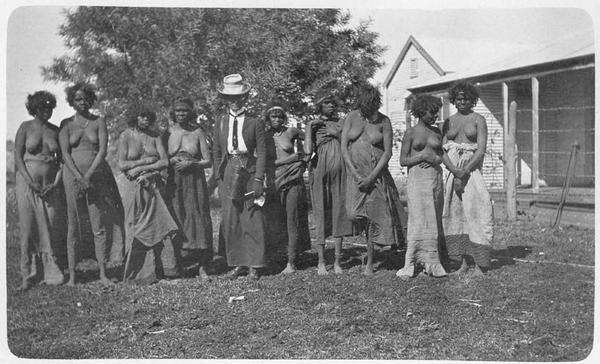






+copy.jpg)










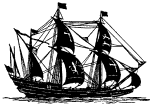





















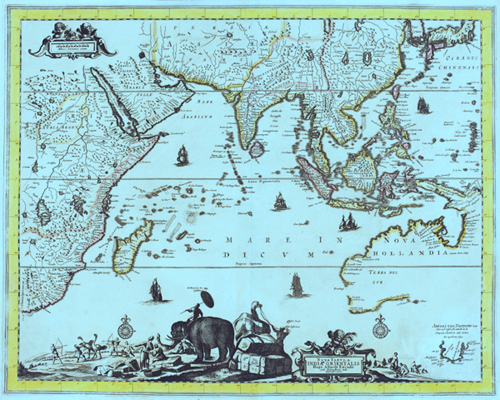

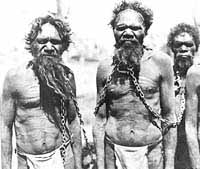
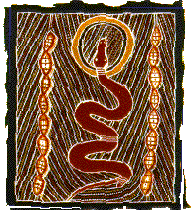


















.jpg)






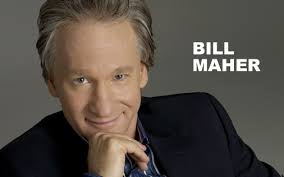



















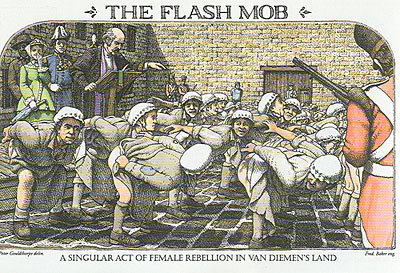
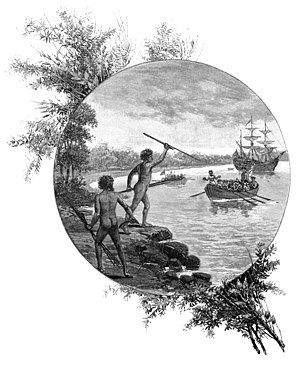 G
G







.jpg)
















No comments:
Post a Comment